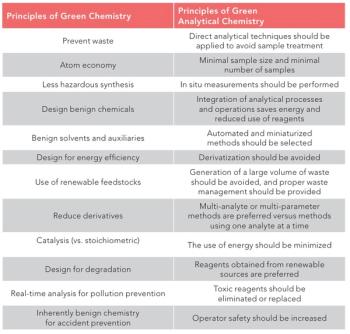
LC–IMS Offers Advantages for Glycan Analysis
In a presentation at HPLC 2023, Kevin Pagel of Freie Universität in Berlin, Germany described methods he has found most effective for better understanding the roles of glycans and glycoconjugates in biological processes.
Glycans are vital components in nature and play essential roles in nearly all biological processes. Their extensive structural diversity enables them to encode significant information related to biological functions. However, this diversity poses significant challenges when it comes to characterizing glycans. Currently, the combination of liquid chromatography (LC) and mass spectrometry (MS) with fluorescence labelling is considered the most reliable method for separating and quantifying glycans.
While hydrophilic-interaction liquid chromatography (HILIC) and porous graphitized carbon (PGC) stationary phases are effective in separating highly polar carbohydrates, they often struggle with separating mixtures of isomers and glycoconjugates that possess amphiphilic characteristics, such as glycopeptides and glycolipids. Additionally, interpreting glycan MS data can be difficult due to the frequent occurrence of regio- and stereoisomers, making it challenging to assign specific structures.
To overcome these limitations, researchers have explored the implementation of ion mobility spectrometry (IMS) as an additional separation step within existing LC–MS workflows. This separation mechanism of IMS enables the differentiation of isomers. Hyphenated IM-MS systems have significantly improved resolution over the past decade. This progress has led to discussions about potentially replacing the LC dimension with IMS in certain approaches.
Kevin Pagel from the Free University of Berlin, Germany, highlighted the potential of LC–MS as a tool for separating and identifying isomeric glycans and glycoconjugates in a keynote lecture at HPLC 2023 in Düsseldorf (1). Experimental data showed that the sialylation profile of N-linked glycans attached to glycopeptides and intact glycoproteins can be easily monitored using fragmentation and subsequent IM-MS analysis. Since only fragments are analyzed in this workflow, it can be readily incorporated into existing LC–IMS methods. Furthermore, the high resolving power of trapped ion mobility spectrometry (TIMS) allows for the separation and identification of challenging O-glycan isomers without the need for prior separation via LC. This approach has been successfully applied to measure characteristic glycosylation features in clinical sputum samples obtained from both healthy individuals and patients with cystic fibrosis.
Pagel concluded the combination of LC–IMS shows promise as a powerful approach for overcoming the challenges associated with characterizing glycans. By incorporating IMS, isomeric glycans and glycoconjugates can be effectively separated and identified, enabling a better understanding of their roles in biological processes. This approach has the potential to contribute significantly to the field of glycan research and its applications in clinical settings.
Reference
(1) Pagel, K. Glycan Analysis using Liquid Chromatography and Ion Mobility-Mass Spectrometry. Presented at: HPLC 2023. June 18-22, 2023. Duesseldorf, Germany. KN36.
Newsletter
Join the global community of analytical scientists who trust LCGC for insights on the latest techniques, trends, and expert solutions in chromatography.




